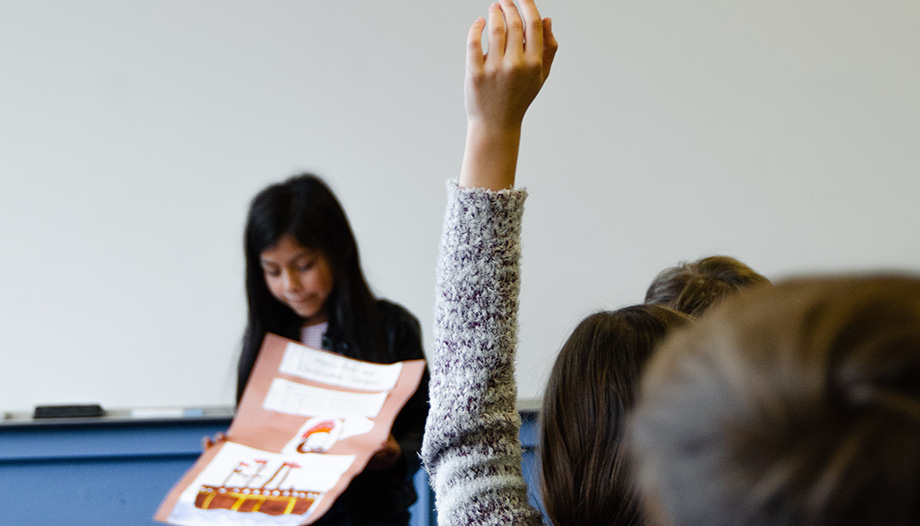The new school year begins with a desire to start over, as José Luis Garci would say in his mythical film. And we begin again with that tension of the desire to return to normality and the necessary prudence required by the pandemic situation that our educational administrations have regulated.
This desire to recover normality, which involves many facets of school life, has for me a particularly important element: rediscovering the transcendence of the figure of the teacher and, more specifically, the need for presence in the educational process.
We have lived through a time of pandemic that has forced us to work telematically and in which videoconferencing has become a common working tool, both among ourselves and with students.
But, although we have been dazzled by the possibilities they opened up to us (being able to meet without leaving home, saving on travel, being united from all points of the planet...), we have also realized that this on-line work entails limitations (the non-separation of work and personal areas, talking to black screens behind which we assumed our students were, the disconnection of work dynamics and effort....).
Technology has an almost magical breath. For many, it is the panacea for all of humanity's needs, including those of education. But these months have shown us precisely that in education there is an essential tandem: the teacher-student, and that this relationship requires proximity, contact and presence.
Basically, education is a communication of life rather than of knowledge. And life is not transmitted in the same way through a screen. The teacher, just by standing in front of the disciple, is already telling him 'this is the way the world is'. He shows him in his way of speaking, in his evaluations, in his way of behaving and relating, how people should be and how they should live in society.
In education, there is an essential tandem: that of the teacher-student, and that this relationship requires closeness, contact and presence.
Javier Segura
Most teachers experience this in a joyful way when you meet former students, perhaps already with their own children, who are visibly happy to see you and tell you how important you were in their lives. Because for a child, for an adolescent, the teacher is undoubtedly one of those reference figures, a teacher of life.
Recovering presentiality means returning to the essence of education and rediscovering the value of the teacher in this process. The child does not educate himself alone, although he is the main protagonist of the process. His parents, his teachers, play a key role in this growth. They are guides, references, they teach, they provide keys to the interpretation of reality, they unite with their roots and traditions, they provide security and confidence... And no machine, no matter how intelligent it may be, can replace this action.
That presentiality that makes you live with the master, learn from him, that his ways of seeing life stick to you, is what St. Ignatius of Loyola proposes in his Spiritual Exercises, when he asks us to contemplate the scenes of Christ's life with the five senses, as 'if we were present', which I have taken as the title of the article.
The saint from Guipuzcoa, like all the great masters, was well aware of the shaping value of this presentiality. May we also discover it and know how to recover it, combining it with all the positive contributions that, undoubtedly, technology also brings.








